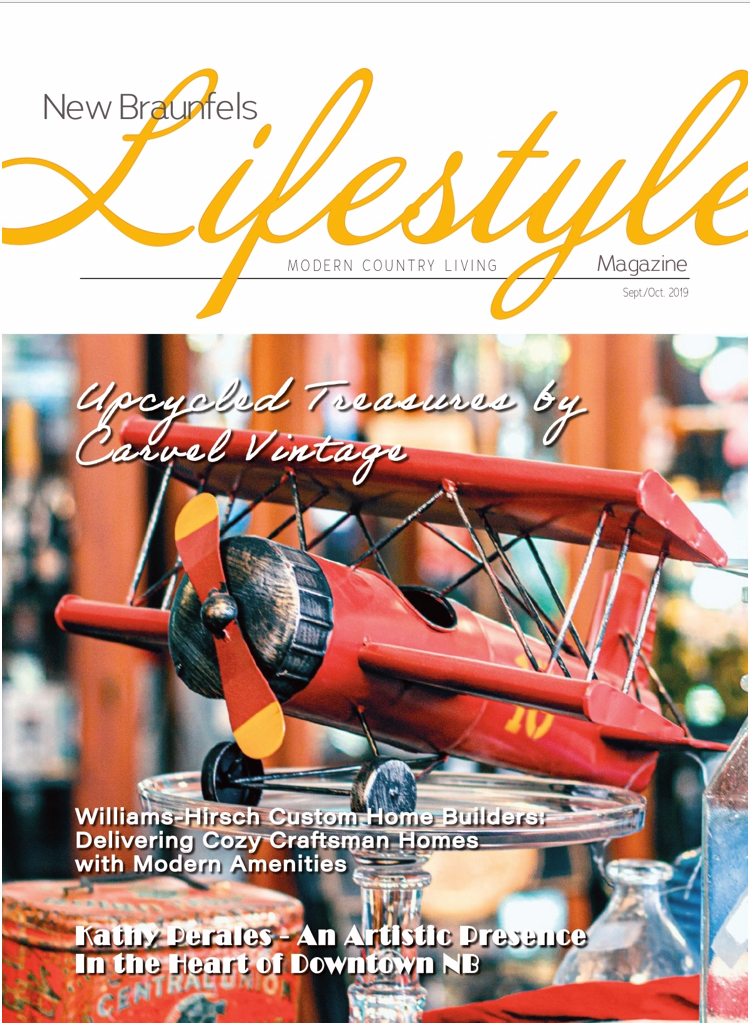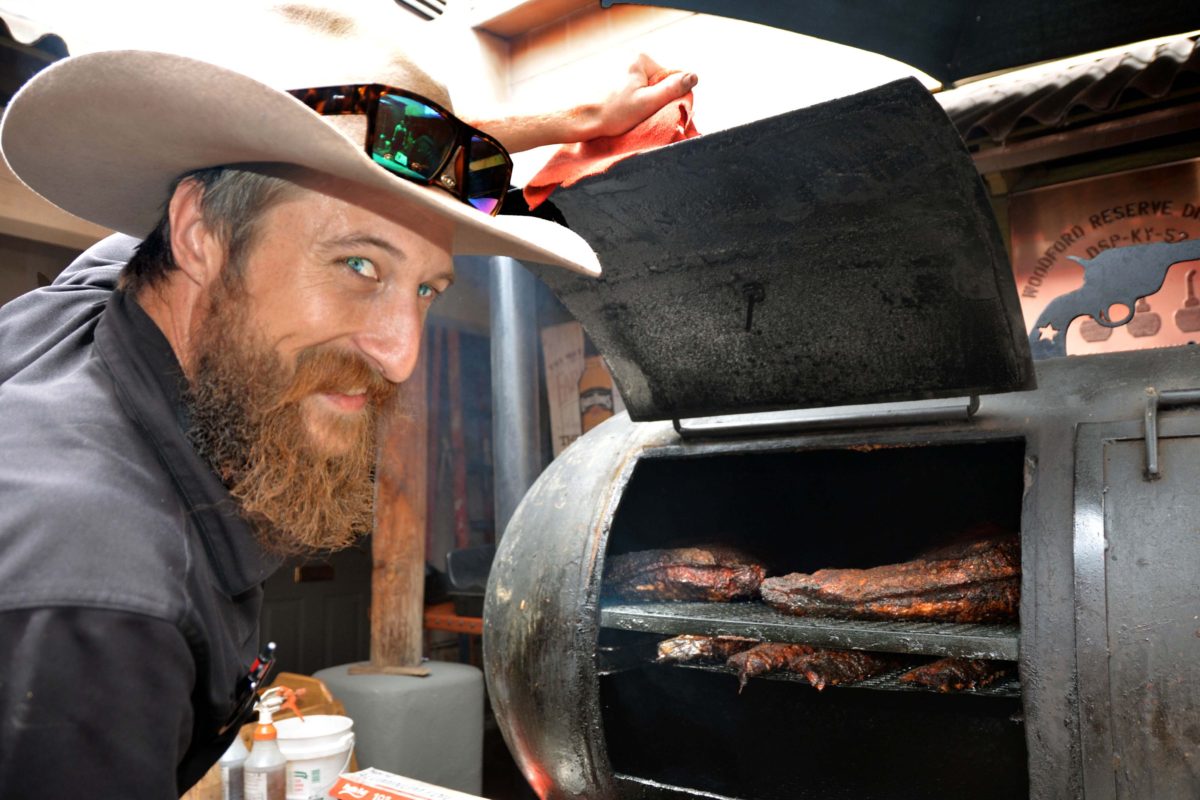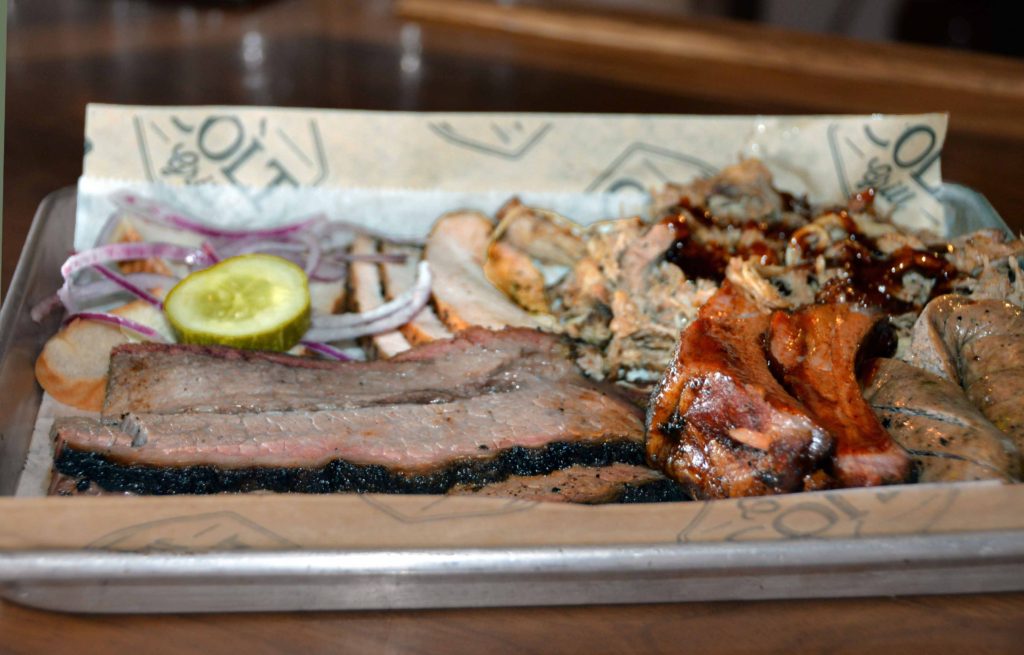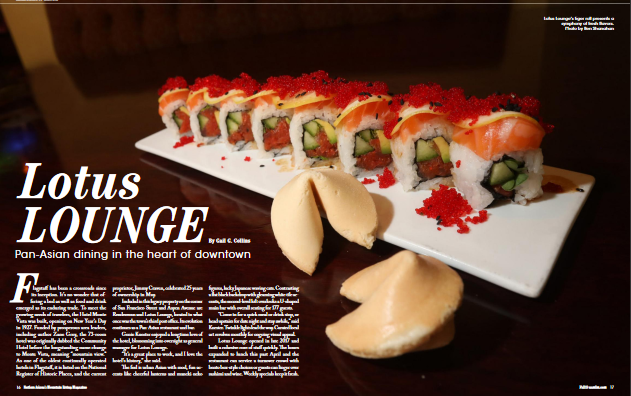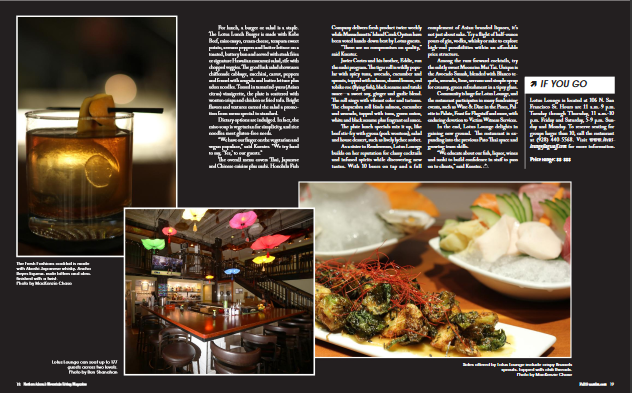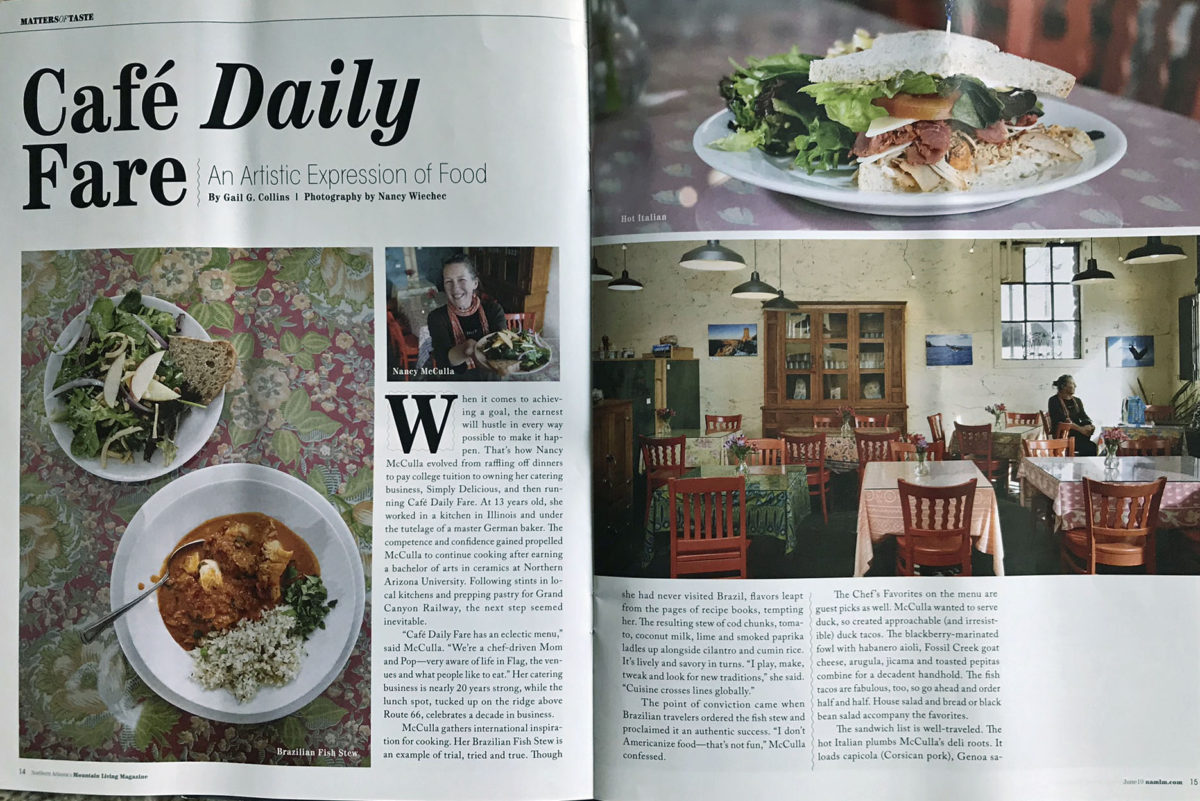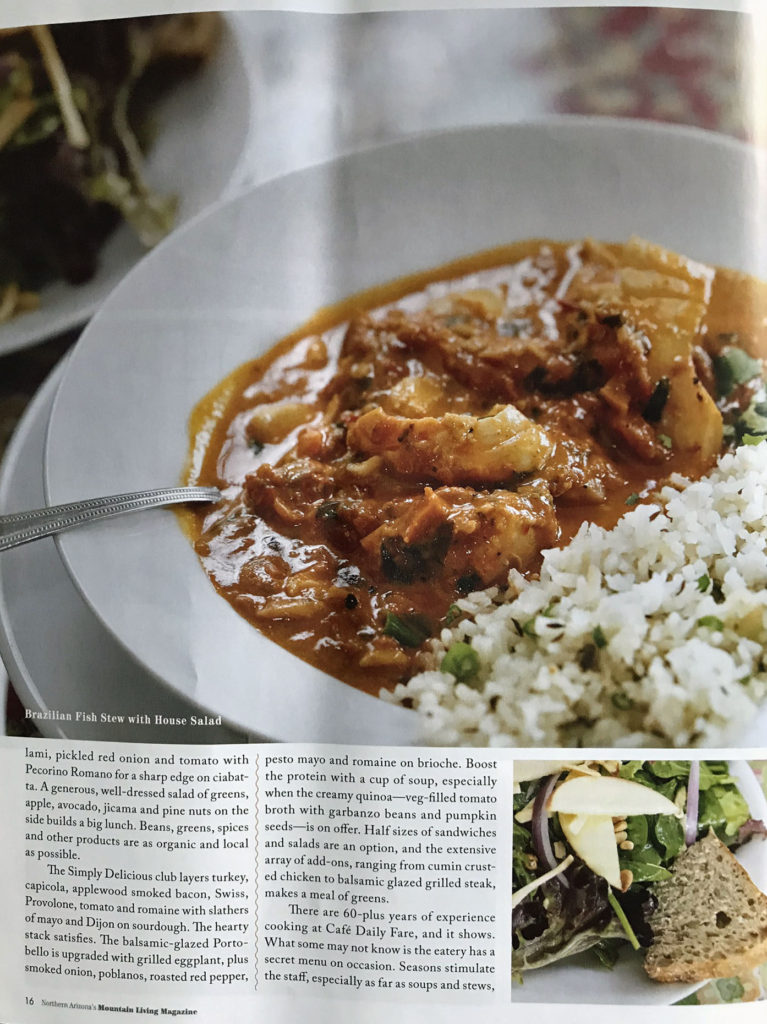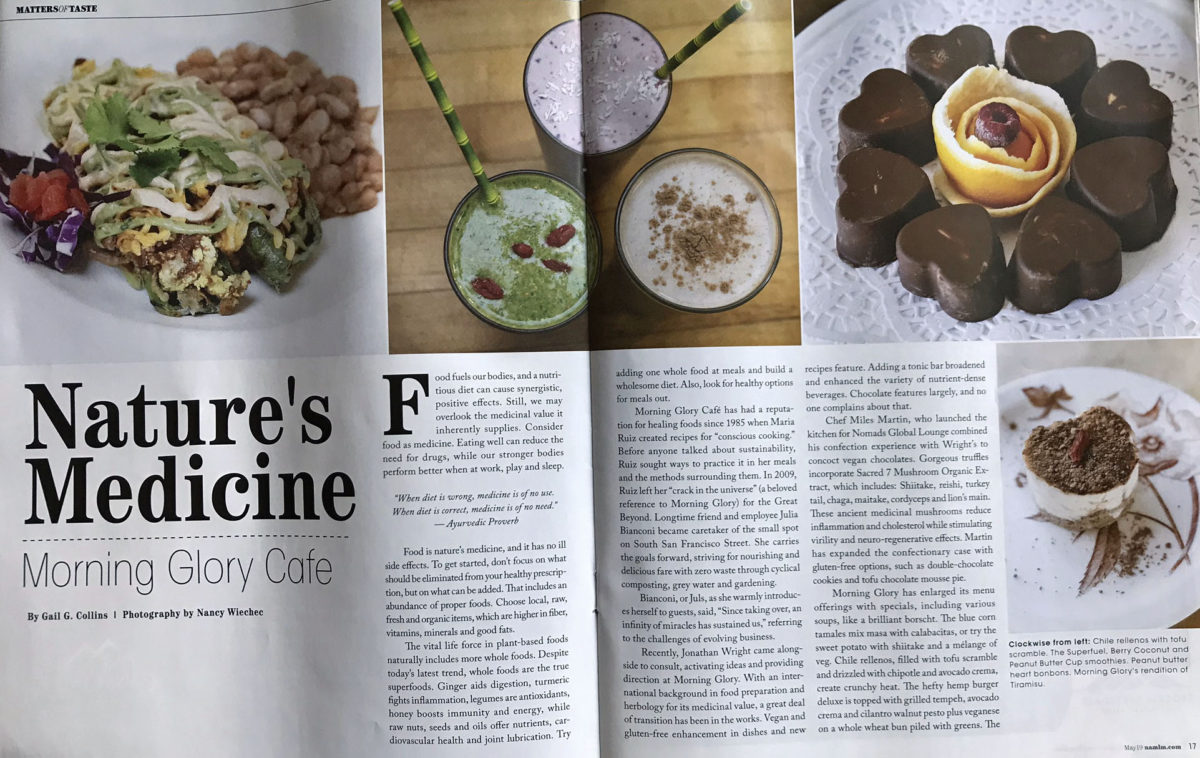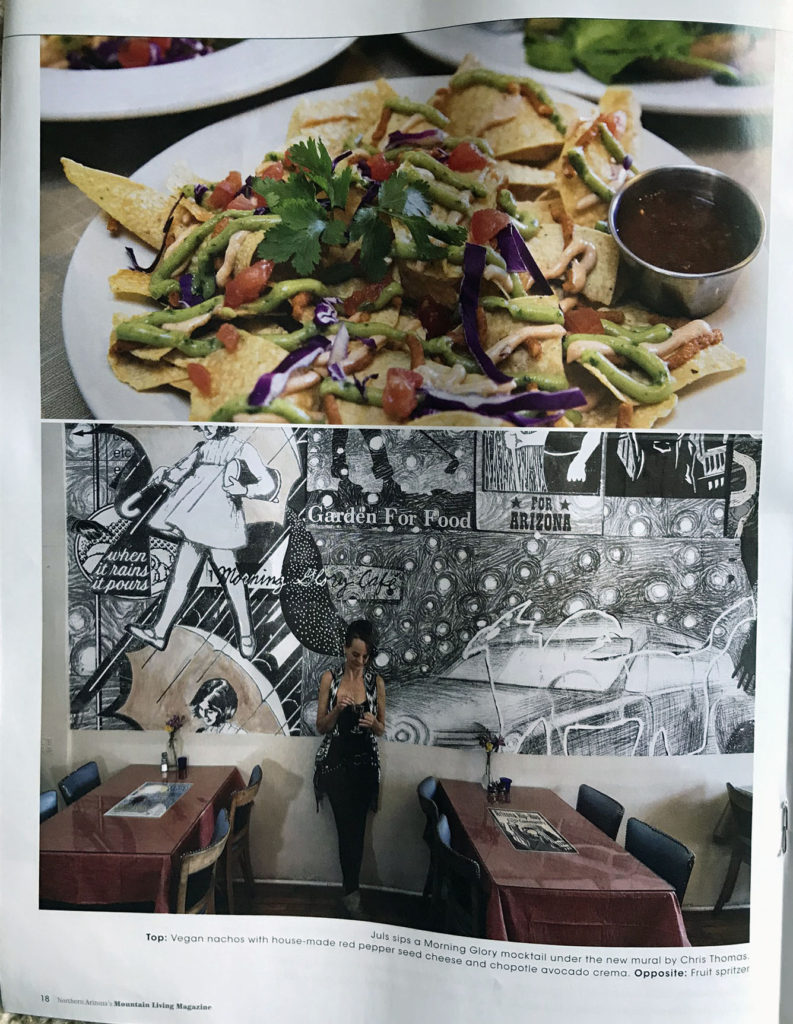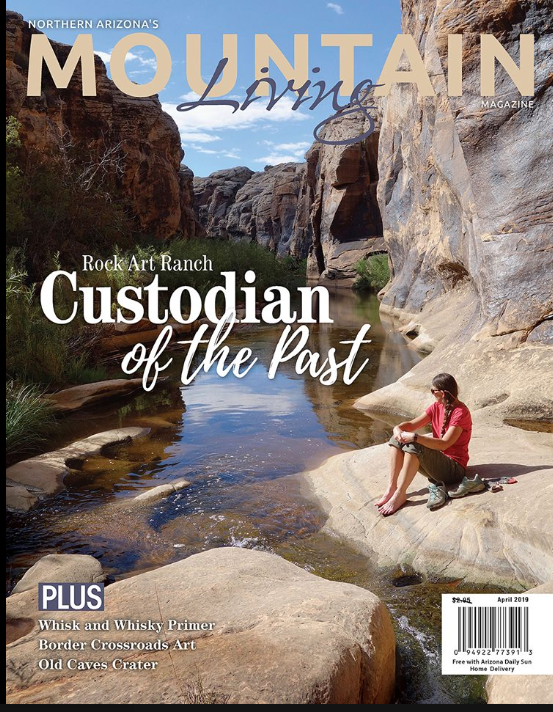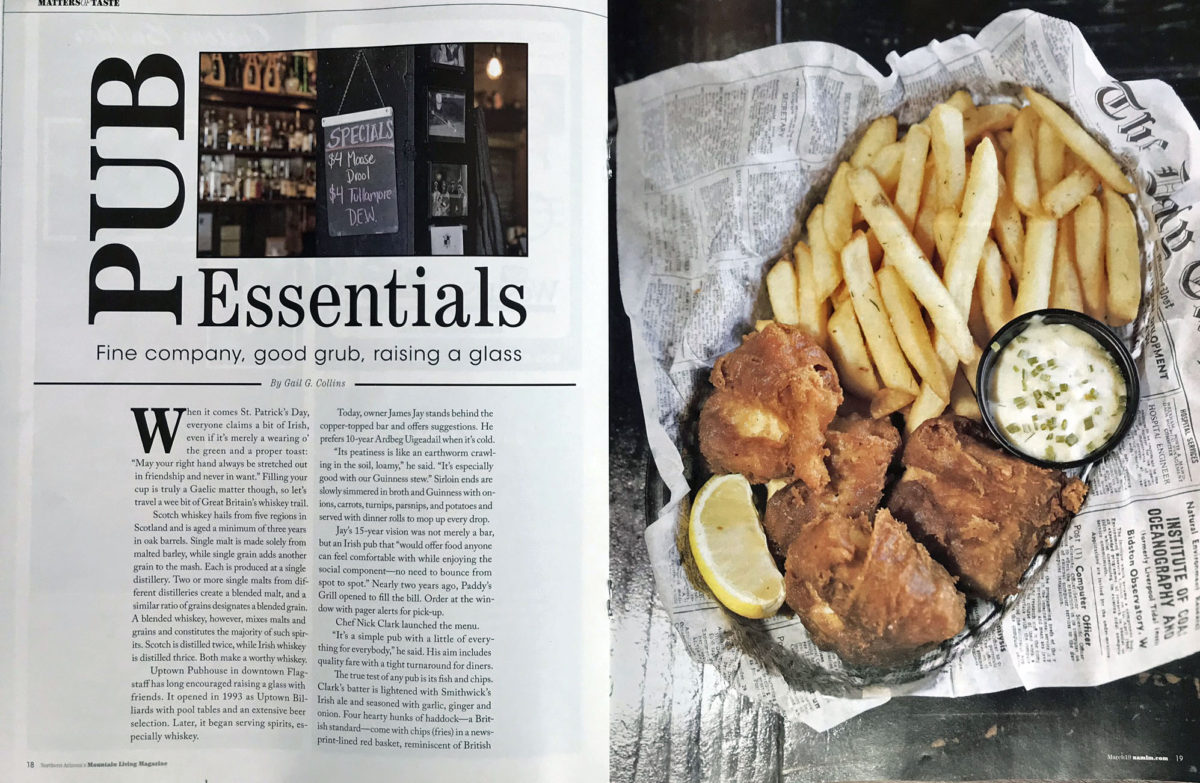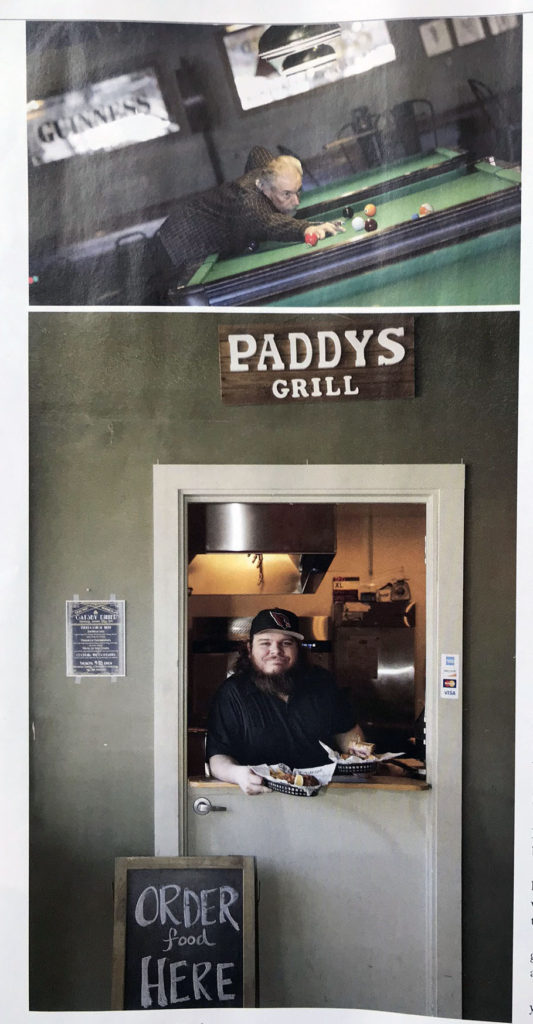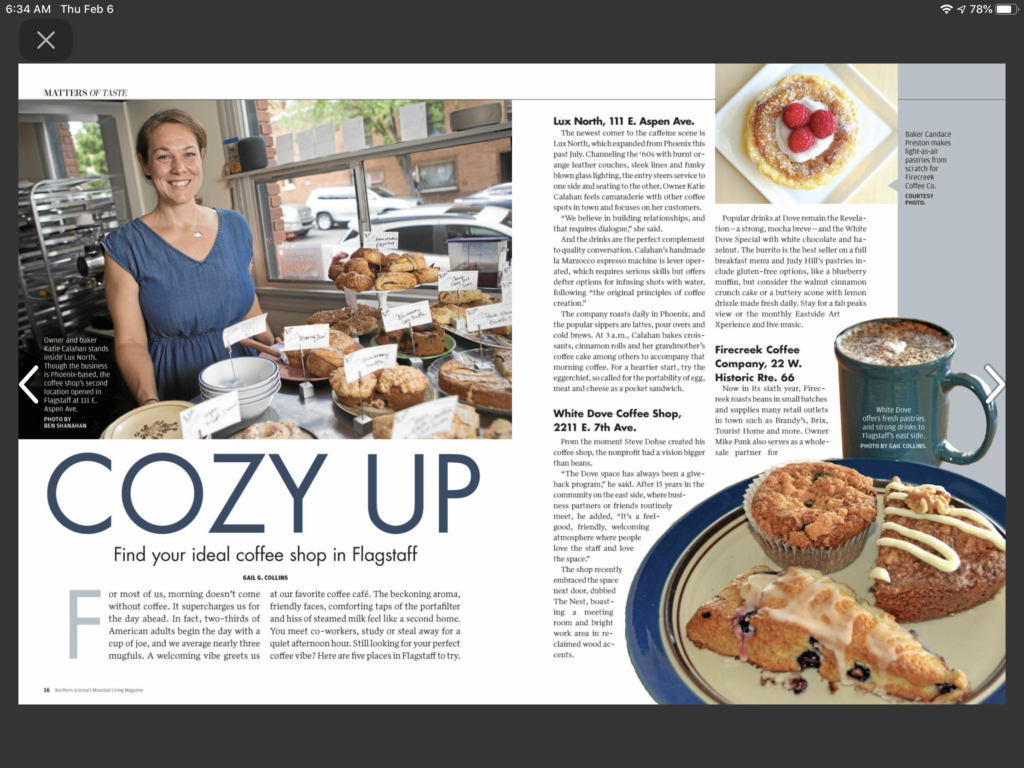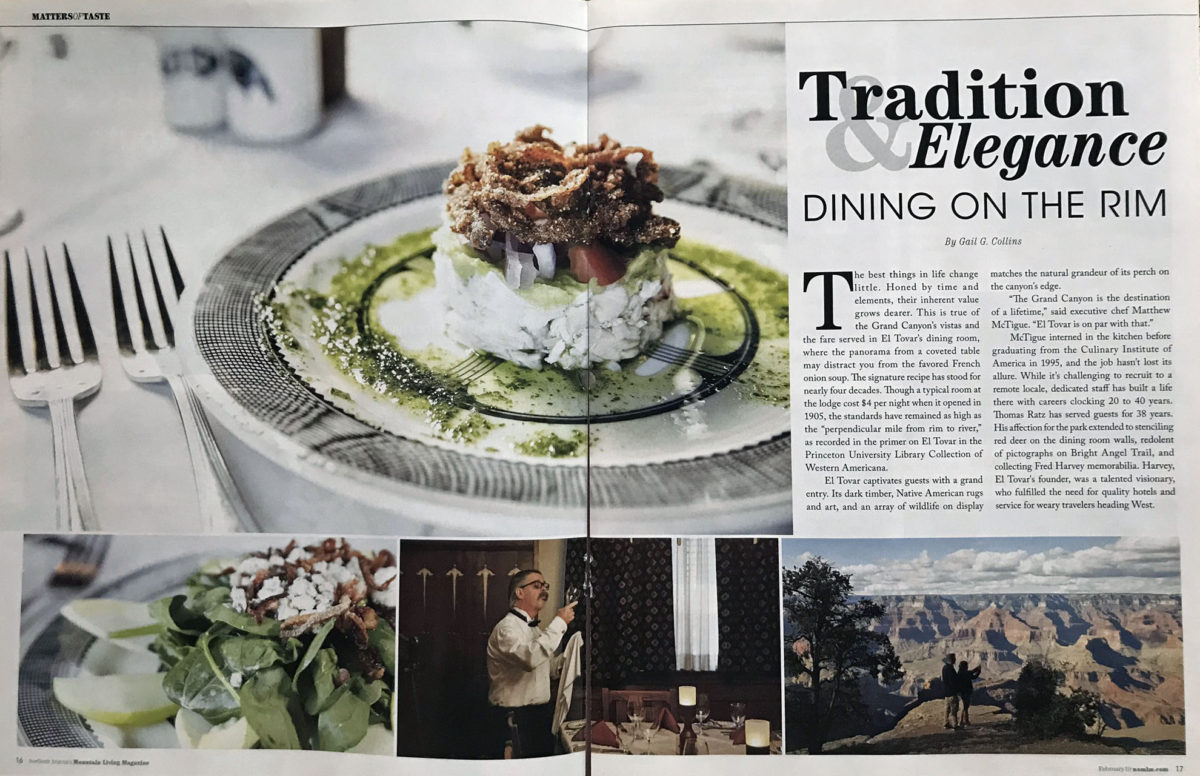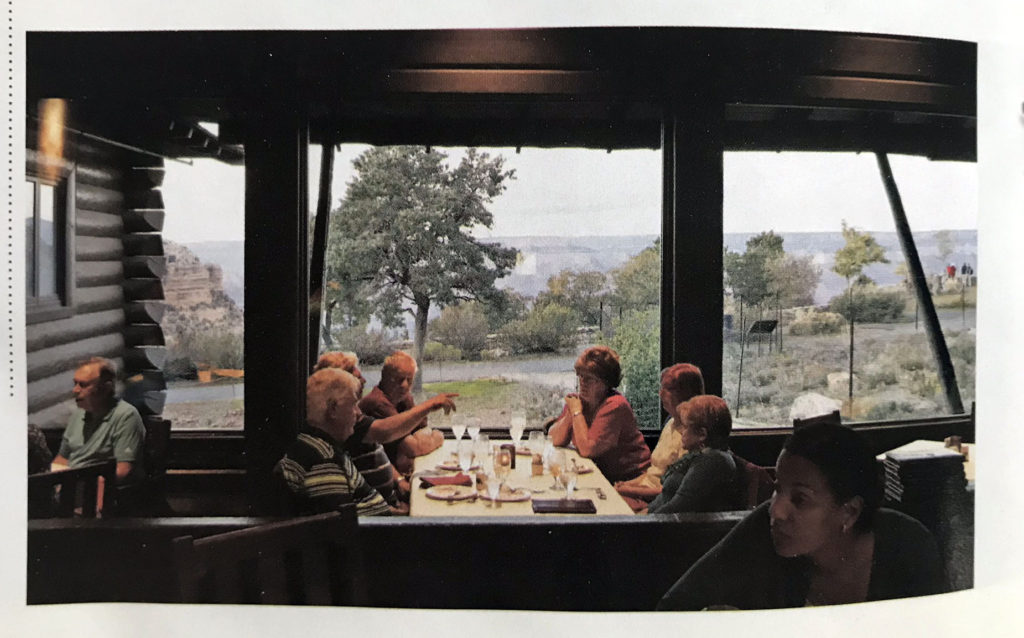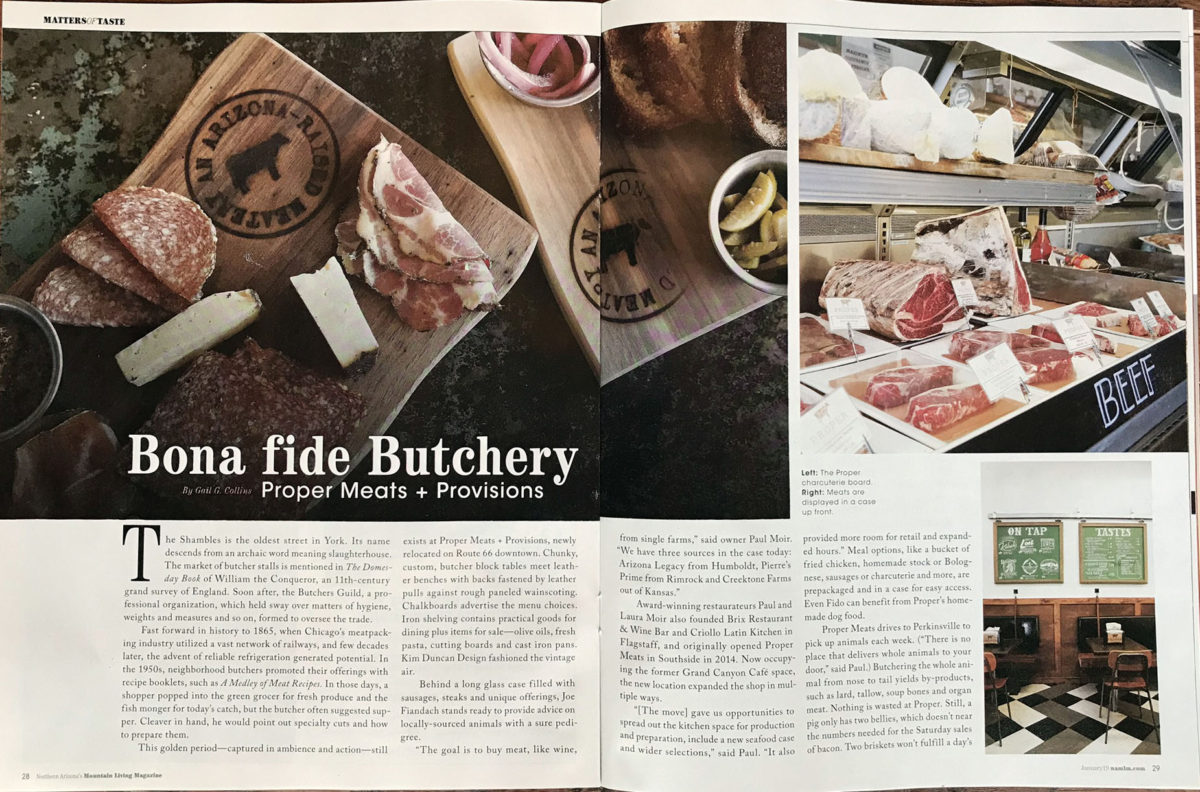New Braunfels Lifestyle Magazine, Sept/Oct 2019
Written by Gail G. Collins
Vintage is all the rage, but truth be told, it always has been. Something old became something new. A fleeting fad created a cult classic. From furniture to fabrics, what goes around comes around.
According to the lay decorator’s Bible, Southern Living, what is trending today in home decor has an anchor in the past: red front doors, faux marble finishes, crystal chandeliers, collectable displays, gold fixtures, wicker, wallpaper and sumptuous fabrics. Best, these ideas are better than before. Hoist the chandelier over a simple dining table or reflect some wow in the bathroom. Protect fabrics against stains and never score a party foul.
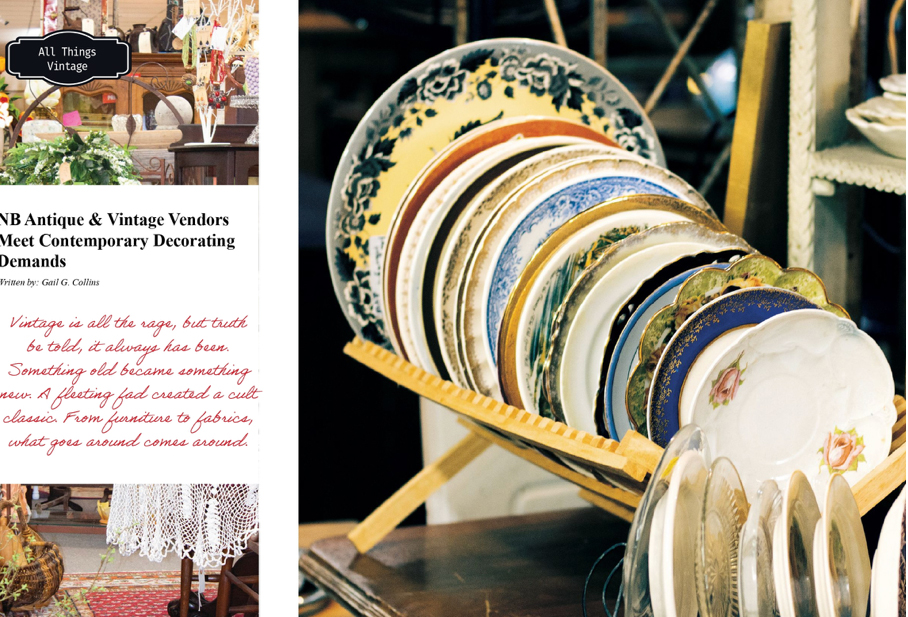
When it comes to vintage, it’s not a flash from the past, but a fresh footprint in another era. Lila and Don LeMasters agree. The owners of Red Rooster Antique & Design Center, a mall for vendors in historic downtown New Braunfels, have grown their concept to 25,000 square feet of shabby chic and period treasures. Artistic displays and vintage vignettes draw customers in and through the mall. “Don is very creative and loves to decorate,” said Lila. “Whatever he touches turns out well.”
The couple began with a café and store in 2006, expanding and relocating to a defunct furniture store. Focusing solely on antiques, they added a second mall, Encore Antiques Company, in 2016. With more than 65 booths, a short list of goods for sale includes: Western and primitive décor, furniture, jewelry, clocks, rugs, handmade quilts, original art and apparel. No wonder they have been voted Best Antiques Store in New Braunfels for years running.
It was a good fit for Don, who explained, “I like really unique, rare, quirky, odd stuff. Personally, that’s what attracts people to my business.” He fancies old signs, like the nearly 20-foot metal Gold Bond Stamps signboard, a trademark in the store.
When buying or selling awkward-sized goods, they transport via UShip, a niche transport company that hand-delivers unconventional items. It makes impulse shopping a “no worries” solution for customers alike.
Vendors rent space at Red Rooster, like hairstylists lease a chair at a salon to cut hair. The booths co-mingle in the great space for greater impact and shopping benefits. A good relationship works both ways. Generally, mall managers provide a sales venue, supervision, utilities, promotion and staff while the vendors offer high quality items displayed attractively to attract shoppers. The LeMasters work with vendors to be successful, even if they are newbies. “We help set-up from zero to selling,” said Don.
Selling takes effort and tips can make it pay off, like a wall of fishing-related signs, gear and décor, to turn interested heads. A lace tablecloth with dainty china, tailored linens and mix-match flatware begs for a party. The trick is stocking a booth with inventory without crowding it. Make ordinary goods special with a facelift, like painting a group of frames to match, or bundle items for effect, like books or postcards. Price competitively, track sales and focus on selling what is selling. A booth is a business, not a hobby.
Successful vendors know their customers. They keep booths fresh, regrouping and restaging goods. Promotions, like trunk sales, donating to fundraisers, pop-up events, teaching classes and lending for exhibitions can build a brand and expand the customer base. “We have about 10 original vendors,” said Lila, “and we call them family.” They build one another up and contribute to the overall value of the mall.
The idea of recycling, repurposing and reviving goods has gathered momentum with a new generation. Millennials adore vintage, mixing traditional styling with contemporary flair. A hand-knotted Persian rug undergirds the cool lines of a neutral couch. A landscape painting offers a view an urban loft misses. A glass topper on a trunk creates a coffee table for the insatiable traveler.
Unique, found objects are not a commodity. Vintage vendors sell history, nostalgia and fantasy. The goods are one-off, not available in a big box world driven out of business by online sales. A vintage item is considered for its merit in the eyes of a smitten seller, and then, a beguiled buyer.
Still, the greatest joy of vintage goods is found in the personal story … who owned that cocktail dress in 1957 and who will wear it to ring in the New Year in 2020? The legacy is ongoing, bringing happiness once again. NBLM
To learn more about becoming a vendor at Red Rooster Antique & Design Center or Encore Antique Co., contact Lila LeMaster at redroosterworldnb@gmail.com or call (830) 609-3311.

